Whether the winter is short or long, the first flower is a joyful sight–even if its name is skunk cabbage. The bright yellow flowers emerge before the leaves, so spotting them is easy if you look in the right places.
Swamps, bog edges, sloughs, moist forests, along streams and other wet areas are apt places to look for skunk cabbage. The plant grows in both sun and shade but it grows larger when in shady locations.
A native to western North America, skunk cabbage can be found in many wet areas from southeast Alaska down through British Columbia to Washington, Idaho, Montana, Oregon and California. Depending on the area, skunk cabbage can bloom as early as February or as late as May.
The yellow-colored skunk cabbage (Lysichiton americanus) differs from the maroon-colored skunk cabbage (Symplocarpus foetidus) that grows in eastern North America. Both are referred to by the common name “skunk cabbage” but they are different.
Besides color, the main difference is that the eastern skunk cabbage is capable of generating its own heat to emerge when the ground is still frozen. The western skunk cabbage doesn’t have heat generating capabilities.
The western skunk cabbage uses it distinctive skunk-like odor to attract pollinators. The odor acts as an initial attractant to beetles and flies who then look for the yellow flowers.
The yellow flower consist of two parts–the spathe and the spadix. The bright yellow petal-like hood is the spathe and emerges first from the soil. The spadix is the index-finger-shaped stalk within the spathe and consists of hundreds of tiny greenish-yellow flowers.
Attracted beetles and flies feed on the pollen and while eating they also search for a mate on the spadix. As the beetles and flies search for mates on different plants, they transfer the pollen unknowingly and ultimately help pollinate the skunk cabbage.
Besides the pollen being a food source, deer have been known to eat the flower heads. Bears will eat the berry-like fruit and the roots. Bears tend to eat the roots after emerging from hibernation because the roots act as a laxative.
Native people only ate skunk cabbage in times of famine and only after it was properly prepared. Since skunk cabbage contains calcium oxalate crystals, eating it raw leaves a burning sensation in the mouth and throat. However, roasting or drying the roots destroys the crystals.
Of more usefulness to Native people were the huge leaves that appear after the flowers and can be several feet long. Native people used the leaves the same way as waxed paper such as for wrapping or covering food or lining a berry basket.
The yellow spathes almost glow against the backdrop of deep green leaves lending the plant another common name–swamp lantern. While skunk cabbage may not attract insects like actual lanterns, its distinct odor alerts insects and people to its presence after a long winter.

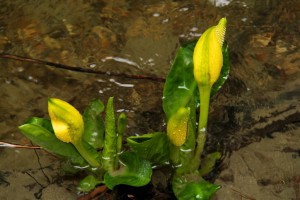
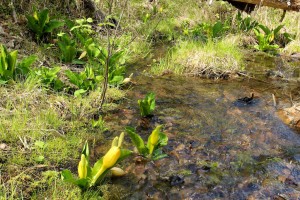
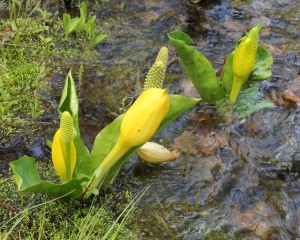
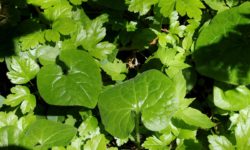
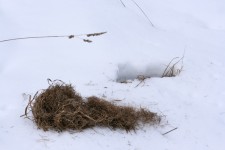
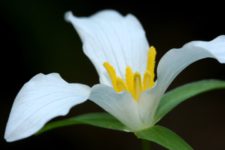
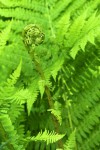
It really stinks! How do I get rid of it?
Hi Laura,
Sorry, I’ve never had to get rid of skunk cabbage so I don’t know how.
Good luck,
Laura